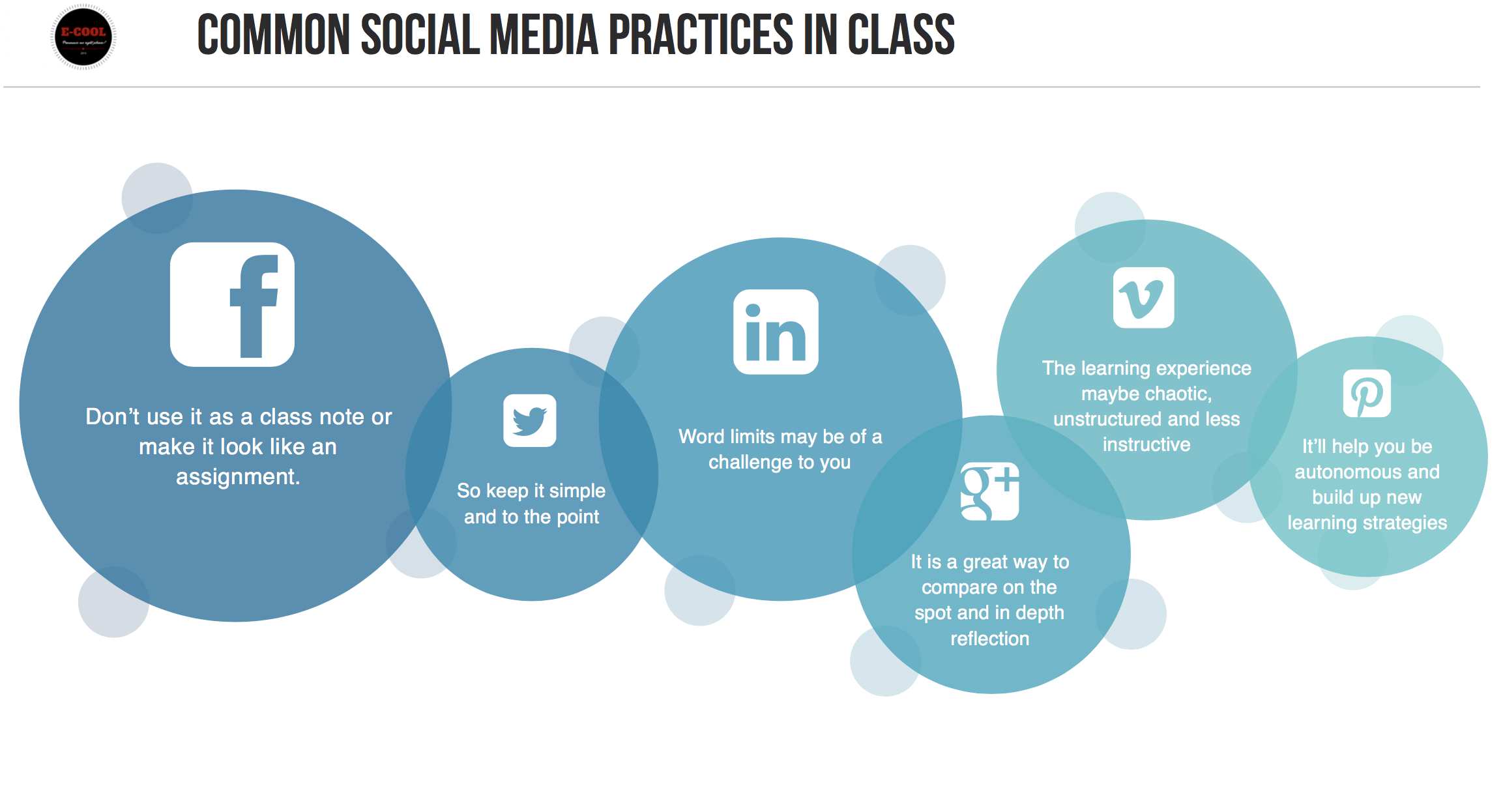Tags
#AIinEducation, #EdTech, #OpenAI, AI, education, ELT, Inflection AI, Learning, Lesson Plan, Motivation, Novice, phonics, Pi.ai, Post-COVID19, Professional Training, professional-development, reading, reflection, Self-directed professional development, teaching, Technology, young learners
With a family name like ‘ZouAI,’ I guess you could say I’m ‘programmed’ to talk about Artificial Intelligence!” 🤣 I couldn’t find a better start to this blog as this one. Well it seems like trying it, at least, was written in the stars.
Aim and Motivation:
Disheartened by the inadequacy of conventional resources and methodologies, I found myself drowning in a sea of books and materials that offered little solace to my urgent educational needs. It was at this juncture that I turned to Artificial Intelligence (AI) as a last resort, and to my pleasant surprise, it emerged as a beacon of hope amidst the chaos.
The shortcomings of traditional methods left me with no choice but to seek alternative solutions, ultimately leading me to place my trust in Artificial Intelligence (AI). This bold decision was spurred by the glaring inadequacies of conventional approaches, which consistently failed to address my pressing educational needs.
Thus in this blog post, I will delineate my experiences with Pi, an AI assistant that has furnished me with pertinent information and guidance over the past eight months, ultimately enhancing my ability to effectively educate young learners in the 6-7 age range.

What’s Pi?
Pi is an artificial intelligence chatbot developed by Inflection AI, powered by an empathy engine designed to mimic human emotions. By understanding, recognising, and responding to emotions, Pi strives to provide a more engaging and supportive experience for its users. As a personal assistant, Pi offers a wide range of guidance and support across various fields.
Pi was created by Mustafa Suleyman, Reid Hoffman, and Karén Simonyan, with Mustafa Suleyman having recently been appointed as the CEO of Microsoft’s new AI organisation. Although there are no current speculations regarding a merger between the two organisations or their products, I am eager to see how their projects may eventually intersect, given the increasing interconnectedness within the AI field.
Pi performs several roles, including:
- Providing accurate information on a wide array of subjects.
- Offering tailored guidance on everyday activities and tasks.
- Sharing insights on websites, books, movies, travel agencies, and more.
- Engaging in personalised conversations about different life issues.
Using Pi as an AI-Powered Training Companion:
Getting Starting with Pi?
I found myself starting from scratch, as I was unfamiliar with planning effective lessons for that particular age group. I lacked the knowledge and understanding of how to teach phonics, specifically how to guide my students in progressing from producing individual sounds to forming words and eventually constructing sentences. While I was aware of the Total Physical Response (TPR) approach, I couldn’t even determine the most appropriate stage of the lesson to implement it.
Equipped with only a meager, poorly-structured course book of approximately 8 pages, I was tasked with delivering over 8 sessions per month—a seemingly insurmountable challenge. It was during this time that I discovered Pi when a former colleague, Djelloul Bourahla, shared his positive experience with the AI platform on LinkedIn.
It is worth noting that utilising this AI platform is rather straightforward. Two distinct options are available: the first involves accessing the platform without logging in, which allows users to experience its functionality and evaluate the quality of its responses. Upon landing on the homepage, you will be prompted to provide your name, select a voice, and specify a topic you wish to discuss; if any , before being directed to the chatbot interface. It should be noted that persistent usage may prompt the system to request the creation of an account, though this can be bypassed by simply opening the platform in a different browser. However, this approach prevents the platform from remembering previous queries, which could pose a hindrance if working on a specific project.

Alternatively, one may opt to log in with a personal account, enabling daily use. In both scenarios, no charges are incurred, though it must be acknowledged that frequent usage may result in answers being tailored to the user’s interests. For instance, in my personal experience, the platform consistently employed keywords such as “educator,” “teach,” and “ELT” in its responses, indicating a potential profiling process that may limit the scope of the information provided. This aspect warrants further consideration, as it could potentially constrain the breadth of search results and subsequent answers.

Let’s explore the essence of this blog post by examining scenarios that illustrate how I have effectively applied its concepts in practice.
Scenario 1: Phonics Instruction
Prior to engaging with Pi, I had limited knowledge of phonics instruction, despite my familiarity with related linguistic concepts such as phonetics and transliteration. Consequently, I sought guidance from Pi by posing the following queries:

Pi’s initial response provided me with a valuable framework for structuring phonics lessons. Subsequently, I sought further insights into effective methods for introducing phonetic sounds and understanding the concept of sound blending. This additional guidance allowed me to develop a more comprehensive understanding of these essential components of phonics instruction and apply them effectively in my teaching practice.
Scenario 2: Strategies for Teaching the Phonics ‘T’
Driven by curiosity, I became interested in exploring a more comprehensive phonics lesson. With this in mind, I sought insights into effective strategies for teaching the ‘T’ sound.

The juxtaposition of Pi and Microsoft Copilot reveals a marked distinction in their respective methodologies. Pi adopts the role of a pedagogical mentor, guiding users through an inquisitive process that cultivates a comprehension of the underlying principles. This approach encourages active engagement in deciphering information, as opposed to the passive reception of explicit answers. Conversely, Copilot employs a more conventional instructional mode, delivering direct answers without emphasising the journey of exploration and discovery.
A salient characteristic of the two AI systems lies in their respective terminologies. Pi draws upon a repertoire of pedagogical terminology specific to primary education, effectively stimulating intellectual curiosity and inspiring a more in-depth exploration into the underlying principles and methodologies of early childhood learning. In contrast, Copilot employs a less specialised language that, while accessible, may not incite the same degree of motivation to pursue further knowledge on the topic.
Scenario 3: How can I use sound blending with my learners?

Once more, Pi demonstrates its ability to enrich the learning experience by incorporating additional layers of knowledge and guidance. A testament to this, the response on sound blending prompted further exploration into relevant resources, ultimately leading to a deeper understanding of the progressive steps involved in phonics instruction—from teaching individual sounds to building words and constructing sentences.
It proved essential to furnish feedback throughout the interaction, ensuring that the AI remained on track and catered its searches to my distinct areas of interest. Maintaining a consistently conversational and human-like discourse was integral to this process, as any departure from such an approach may have resulted in the AI generating responses imbued with subjectivity rather than adhering to the desired objectivity.
Scenario 4: How to motivate my learners while teaching phonics? And what games or activities are there?

There are indeed numerous ways to motivate young learners, and one of the benefits of using Pi is its ability to provide highly tailored responses to specific inquiries. Implementing most of its suggestions has resulted in a successful teaching experience, with learners showing increased enjoyment in their English classes. Notably, my own perspective has shifted from apprehension to delight in teaching.
It is essential to underscore the significance of a shared mindset between the educator and the AI tool in facilitating successful online professional developmentl. Rather than simply posing questions and receiving answers, the interactive process with Pi involved consistent communication and feedback, which prevented it from functioning merely as a search engine. It has been observed that the more personal the engagement with Pi, the more detailed and customised the answers become. The notion of mutual digital trust appears to play a significant role in elevating the conversation and ensuring it meets expectations.
Using Pi as an Observer

Upon considering the potential implications of employing an AI to observe and provide feedback on teaching practices, I initially felt a surge of excitement. The prospect of utilizing such technology to enhance the teaching experience, particularly when working with young learners, appeared to hold great promise. Moreover, the ability to fine-tune the feedback over time could pave the way for an innovative, continuous assessment of pedagogical methods.
However, upon further contemplation, concerns arose regarding the potential risks associated with AI-driven classroom observations. Recalling a less-than-satisfactory experience with an AI-powered human resources tool highlighted the potential pitfalls of such technology, particularly when it fails to facilitate meaningful and productive interactions. Although Pi may yield more genuine exchanges when used effectively, it remains uncertain whether the English Language Teaching (ELT) community would embrace the concept of AI-led classroom observations. Further research is necessary to determine the feasibility and desirability of incorporating AI in this context, as well as to weigh the potential benefits against any drawbacks or limitations that may arise from relying on such a tool for pedagogical assessment and guidance.

How does it feel to pursue self-directed professional development with the assistance of AI?
The experience is initially peculiar, as Pi’s design creates the sensation of conversing with a human-like entity, even leading me to apologise for a mistake before remembering that it is merely a chatbot. The opportunity for genuinely interactive conversations and highly personalised answers is intriguing. However, it’s important to recognise that Pi’s engine may not provide support in all situations, as previously mentioned. The AI is built with an ethical framework, and it will not attempt to replace human expertise or guidance. For instance, it would decline the role of an observer and instead encourage you to seek feedback from individuals with appropriate expertise. Similarly, in a medical context, it would advocate for professional advice from a qualified doctor rather than attempting to prescribe medication itself.
Throughout the experience, I also felt understood and supported, almost as if I were interacting with a reliable friend. The sense of trust and reliance on the AI was striking and caused me to reflect on our potential inclination to rely on machines for ready-made, context-specific answers, which may lead to decreased tolerance for human errors and lengthy tasks. This mindset shift could potentially contribute to our acceptance of AI in everyday life, as it may appear to save us time and energy.
One disappointing aspect was the presence of biases and stereotypes perpetuated by the AI. Given that its knowledge is sourced from the unfiltered web, users may encounter biased statements or behaviours from the engine. This highlights that, despite its advanced nature, AI technology is still subject to the limitations and imperfections inherent in the data it learns from.
What’s Pi’s future?
The future role of Pi is contingent upon the needs and expectations of its users. It is likely that many recurring inquiries will pertain to enhancing human performance, which may encompass a broad range of domains, including linguistic skills, cognitive abilities, and physical performance. For example, Pi could function as a personal coach assisting with weight loss goals or serve as a tutor providing mathematics instruction to an 11-year-old student.
Furthermore, Pi’s capabilities could be expanded to interact with other AI systems and create a network of specialised AI engines, each with a unique domain focus. This network would be designed to facilitate complex tasks, such as calculating distances in space or identifying limitations in projects. As a result, Pi’s potential for growth and adaptation is substantial, with the capacity to evolve in response to both user demands and advancements in AI technology.
In the context of utilizing AI as an observation tool in English Language Teaching (ELT), it is crucial to address the need for comprehensive professional development programs that equip educators with the skills necessary to effectively incorporate such technology into their pedagogical practices. Engaging in discourse regarding strategies for continuous learning and adaptation will prove essential in enabling educators to navigate the rapidly evolving landscape of classroom technology, ultimately fostering a more dynamic and innovative learning environment.

Throughout our interactions, Pi has exhibited a remarkable ability to offer personalised support, which has significantly contributed to enhancing my teaching methods and cultivating a more engaging and enriching learning environment for my students.
In AI, I have found a dependable and proficient partner that surpasses the constraints of traditional tools, providing a myriad of innovative and effective solutions. AI-driven learning’s distinct capabilities diverged considerably from the obsolete approaches I had previously employed, and it was this transformative potential that solidified my conviction in AI’s role in shaping the future of education.
Nonetheless, it is crucial to recognise AI as a powerful tool rather than a replacement for human educators. This viewpoint is not borne out of fear for job security; rather, it stems from an understanding of the current limitations AI still faces in terms of emotional intelligence, context comprehension, and nuanced problem-solving abilities that are unique to humans. While AI technology has made remarkable strides, replicating the intricate processes of the human mind remains a formidable challenge, and it is this complexity that underscores the importance of a balanced partnership between AI and human educators.














